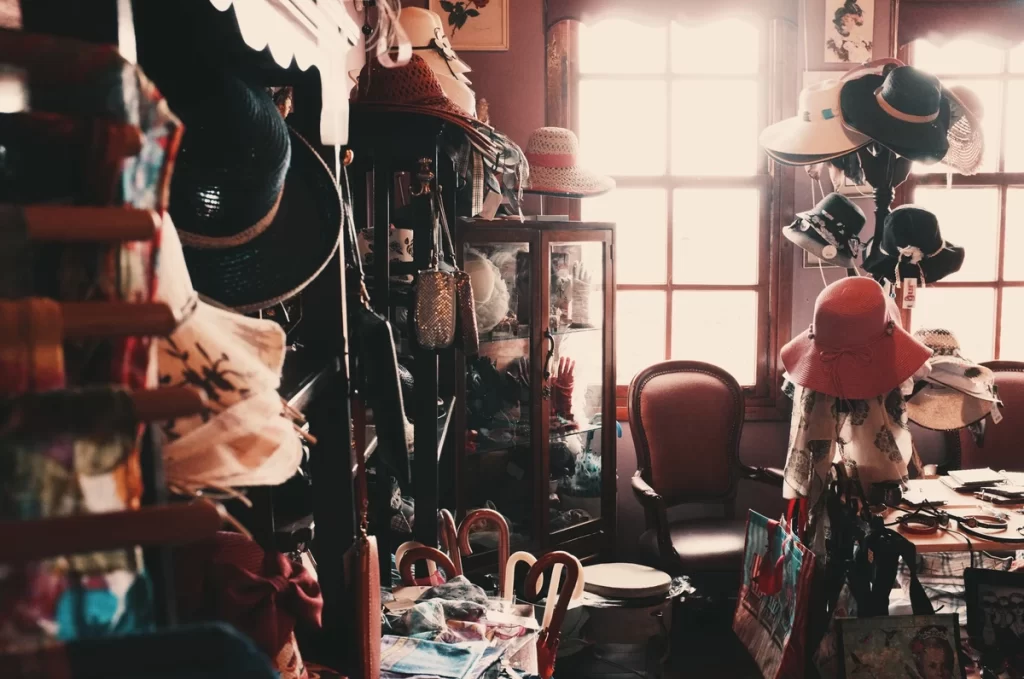I’m often talking to people about cleaning out cupboards. You know that cupboard. The messy one. Often in the hallway. You can picture what’s inside: piles of linen, scraps of gift wrapping, a jar of paperclips, a box of photos and some random bits of sporting equipment.

I’m often talking to people about cleaning out cupboards.
You know that cupboard. The messy one. Often in the hallway. You can picture what’s inside: piles of linen, scraps of gift wrapping, a jar of paperclips, a box of photos and some random bits of sporting equipment.
You think ‘I know there’s a bit of a mess behind there, but it’s covered by these nice neat doors so no-one knows about it. So does it really matter if all the mess just stays in there?’.
When you decide to work on complex things it’s a bit like opening the cupboard to clean it up. You swing open the doors, full of energy for the task at hand, and start to pull it all out.
Before you know it, you have an almighty mess on the floor. You’re picking through the items. And you start to wonder why you didn’t just leave it in the cupboard.
Then, slowly, patterns start to emerge. You make groups: things that you’ll keep, things to throw away and and things to shine up for everyday use.
It’s like this with coaching and group work. Half way through clients often think ‘whoa! Why did I start this? It all made much more sense before we started!’.
Then the patterns emerge. For coaching clients, it might be about the skills or strengths they are honing, the values they have and how to align their career or how to achieve a bit more balance in life. For group work, it might be about developing an agreed purpose statement or which priorities to focus on.
Are you working through a challenge at the moment? If it were a messy cupboard, what phase are you in – ignoring it? Pulling everything out and examining it? Or starting to put things into themes and make sense? If you are making a mess, know that it is the hardest phase. And an essential phase. You can’t clean it up until you have made that mess first!
Some other thoughts about sense-making:
A colleague describes this as the smile framework. It all starts off with energy, zing and enthusiasm. When we we get into the complexity of things and people’s mouths start to droop. Then when it starts to make sense, people are smiling again. The shape of the smile mirrors the energy in the task.
Know that there can be joy in getting lost. Getting ‘in the cloud’ is a key step to new ideas – celebrate when you are there!
The sense-making process – reframe the problem, collect the data, look for patterns, create the key insights, build the impact
Go forth. Make the mess… and celebrate the creative ideas that come from it.
I’d love to hear about the messes you have made, and the creative ideas that have come from it. If you’d like to share, drop me a line.
Happy mess-making!
